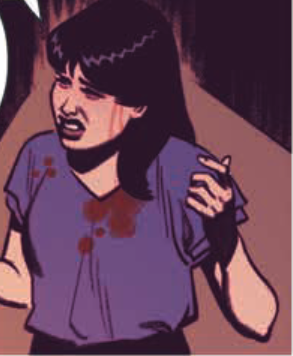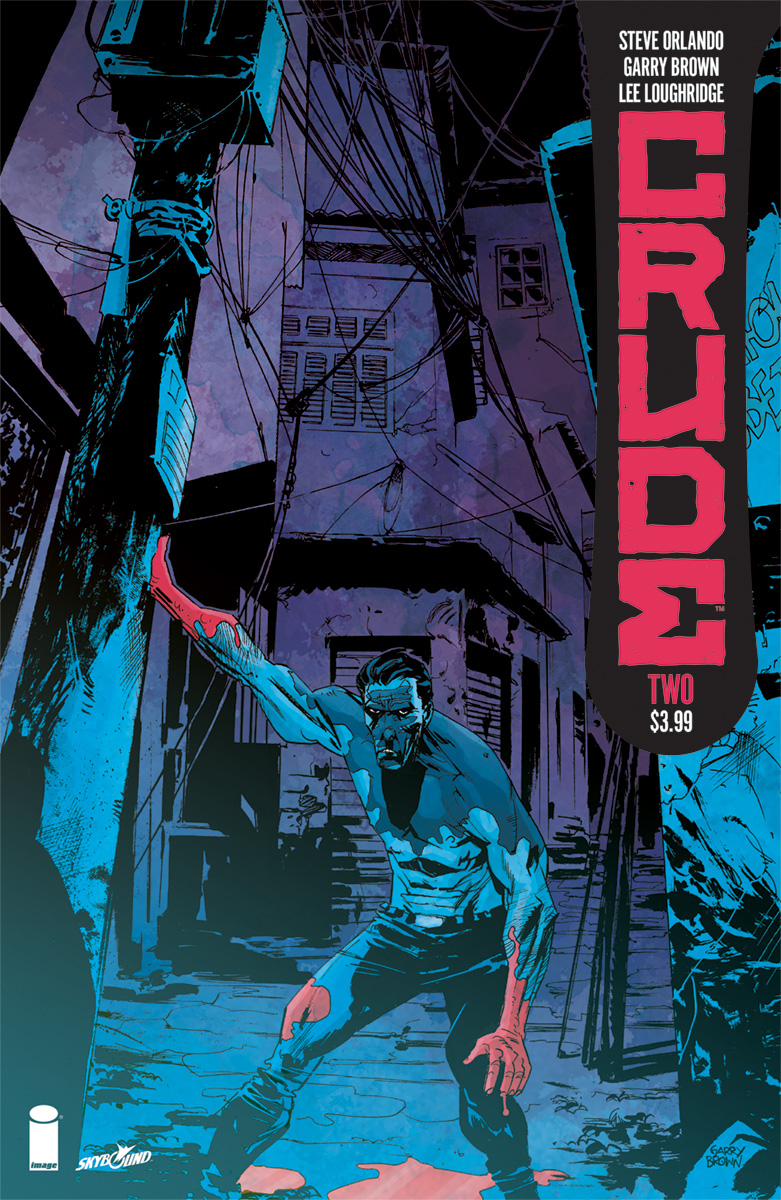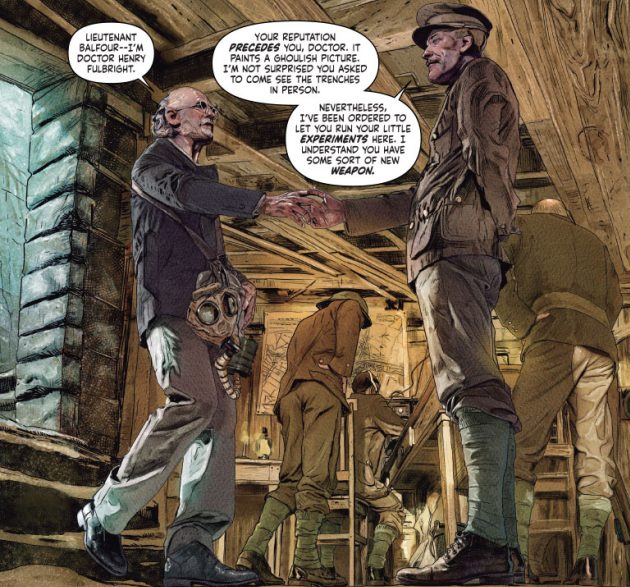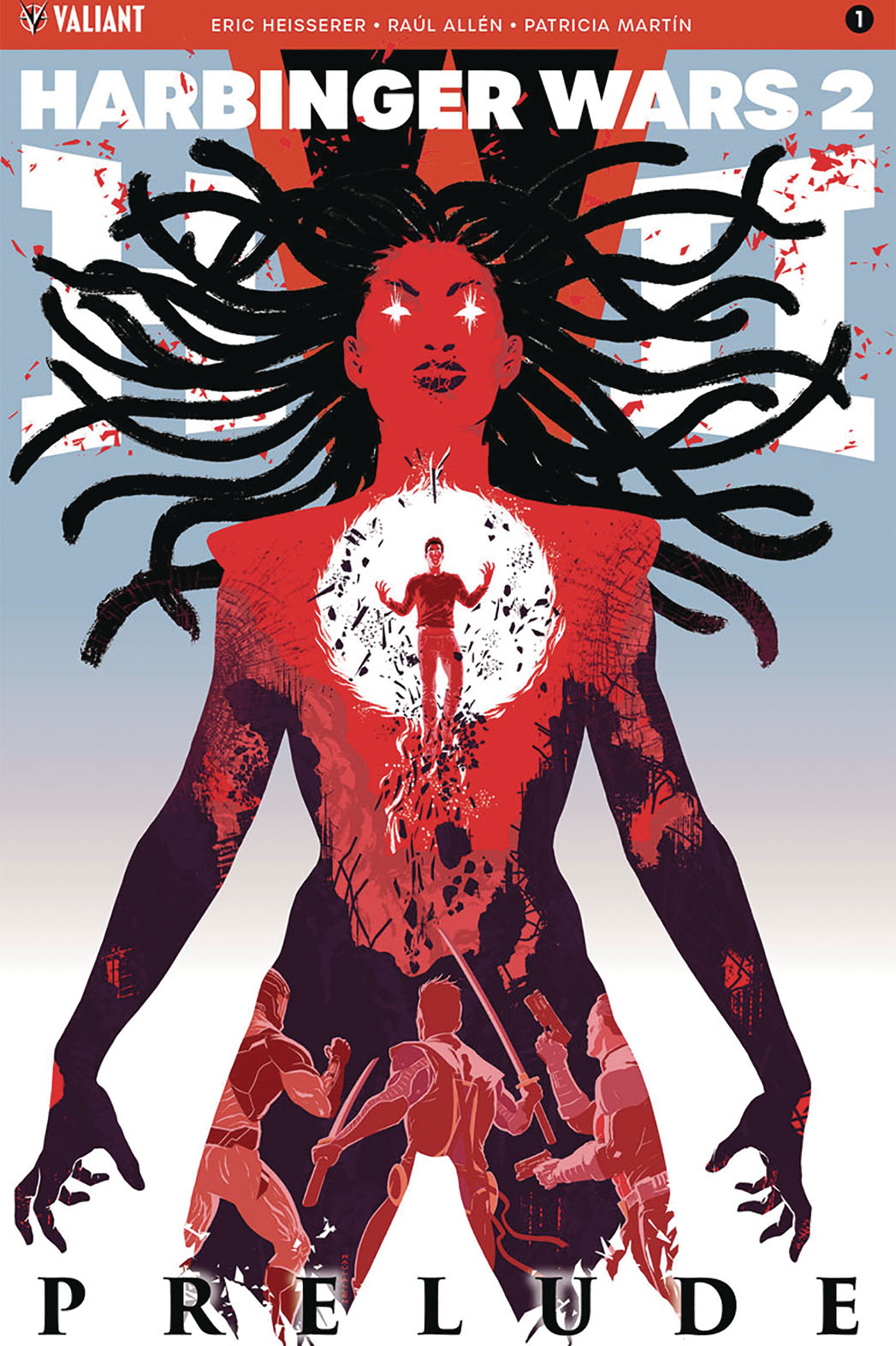REVIEW: Pestilence - A Story of Satan #1 by Frank Tieri, Oleg Okunev, Rob Schwager, & Marshall Dillon
Pestilence: A Story of Satan #1 marks the start of the second volume of an ongoing story in which the bubonic plague, aka The Black Death, of the late 14th Century was actually mankind’s first brush with zombies. Church and religion factor into its plot, as do the political power structures associated with those institutions. To up the stakes this time around, the antagonist is now Satan. So yes, there is quite a bit going on here narratively.
Make no mistake though, in spite of the historic and theological trappings, the core of this book is good ol’ fashioned zombie killing and survivalism, and the creative team is well aware. The plot constructs are mostly used as an interesting lens to filter the tropes of zombie horror through, to create a different set of circumstances for readers to imagine themselves in and contemplate what they would do if faced with the same odds, which to me is the core of any good zombie story.
And as with most zombie stories, there’s also plenty of cheese here. Satan is grotesquely and perfectly rendered by Okunev and Schwager’s artistry, while simultaneously being portrayed by Tieri’s script as a lord of fire and brimstone mixed with that one friend you don’t call much anymore because he swears around your kids, brags about the deal he got on his whatever, and punches you in the arm as a greeting. Satan is terrifying but also the absolute worst.
For example...WARNING, profane language...in the space of two pages, Satan says the following: “...stupid mortal c**ts…” “...you fleshbag t*at…” and “Shut the f*ck up!” The profanity works though, and in this book there is over-the-top fun on nearly every page. Tieri also does a great job nailing his plot twists and ending, making for a quick and suspenseful read that does its duty with exposition while also peaking at its end, thereby enticing anyone who enjoyed this first issue back for another installment.
In a larger context, this book fits nicely with the rest of its publisher’s line. It is essentially an action-packed, B movie-esque horror alternative that compliments AfterShock Comics’ more literary and mysterious takes on fear, specifically newer books like A Walk Through Hell and Her Infernal Descent (both of which I love). It is, to be blunt, one hell of a bloody good time (sorry!).
Overall: I recommended this book for fans of both alternate takes on history and of horror stories co-mingled with theology, and I suspect it's also well worth a look for fans of the zombie genre. Pestilence: A Story of Satan #1 is an uncouth variation of standard zombie tropes made more interesting by its continued secret history premise. 7.5/10
Zack Quaintance is a journalist who also writes fiction and makes comics. Find him on Twitter at @zackquaintance. He lives in Sacramento, California.

























